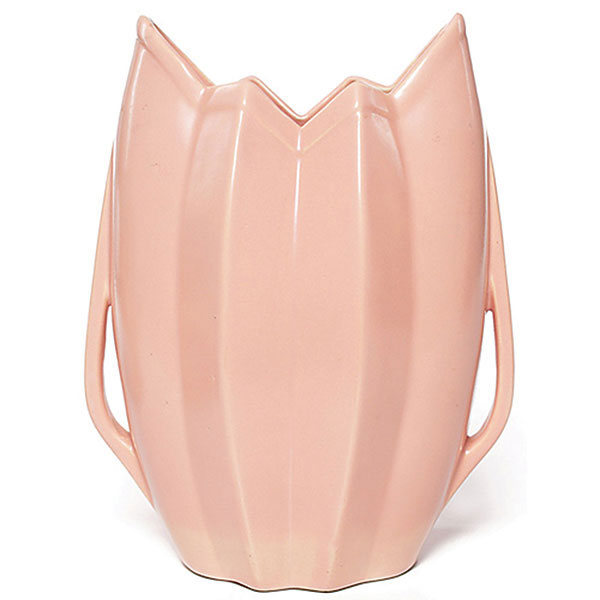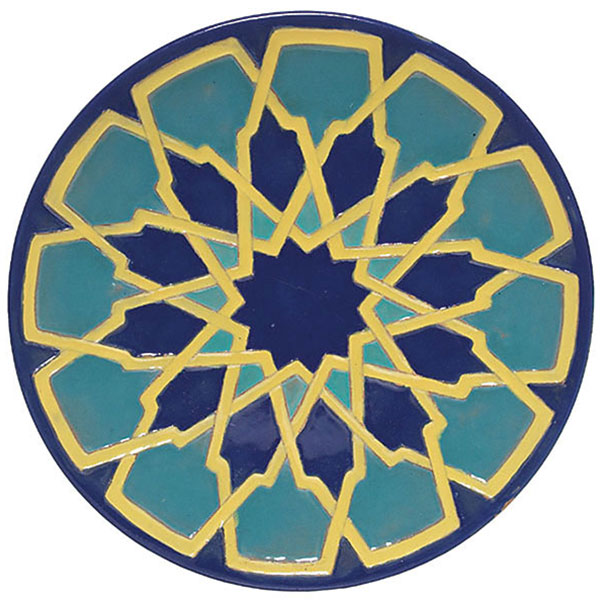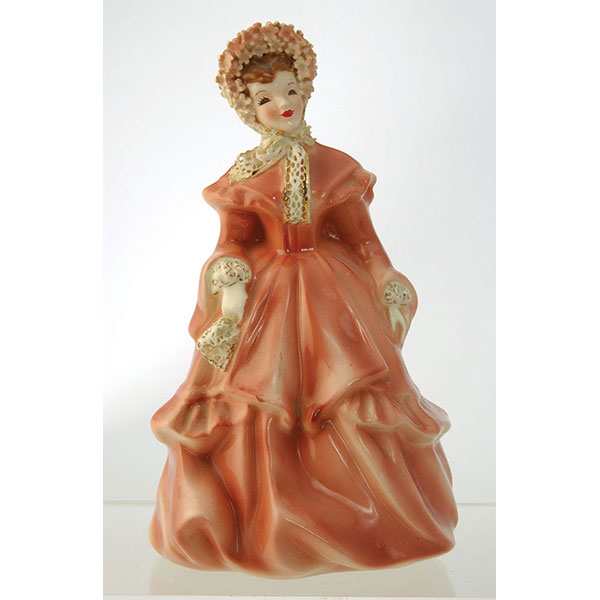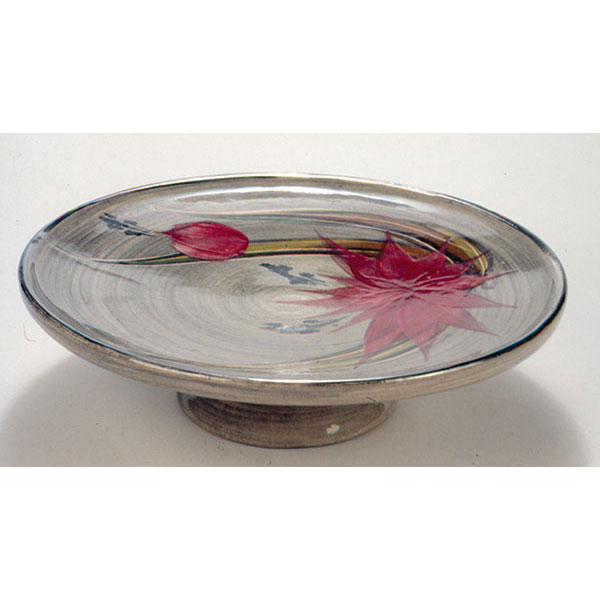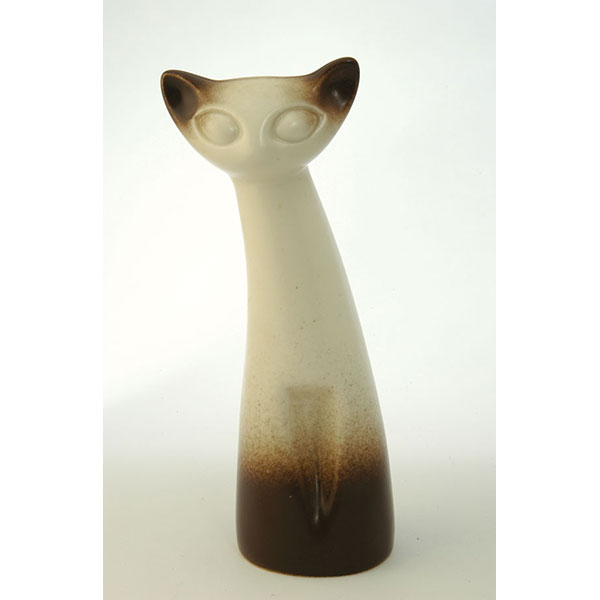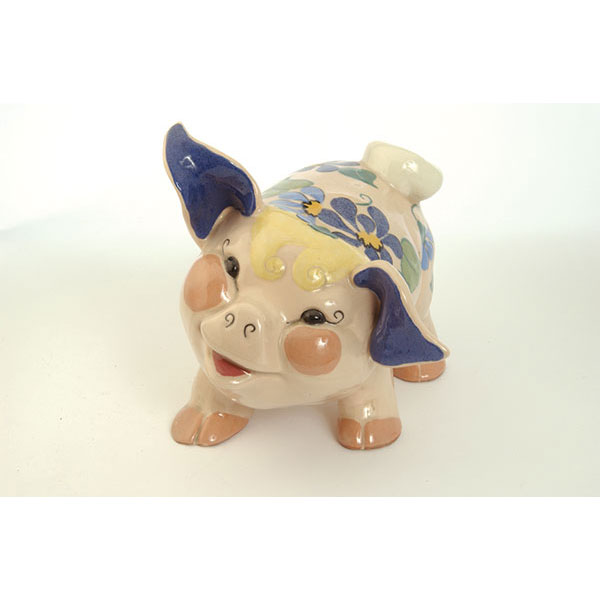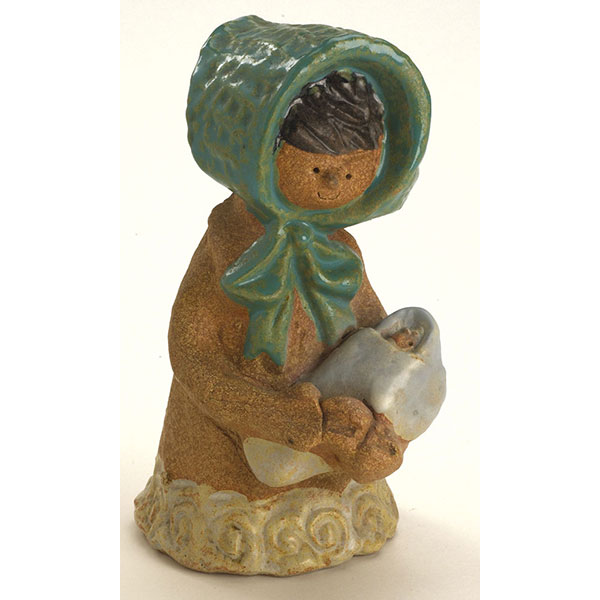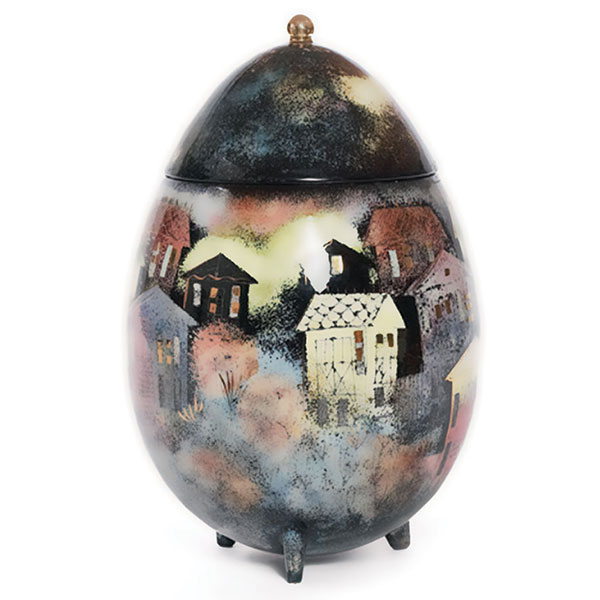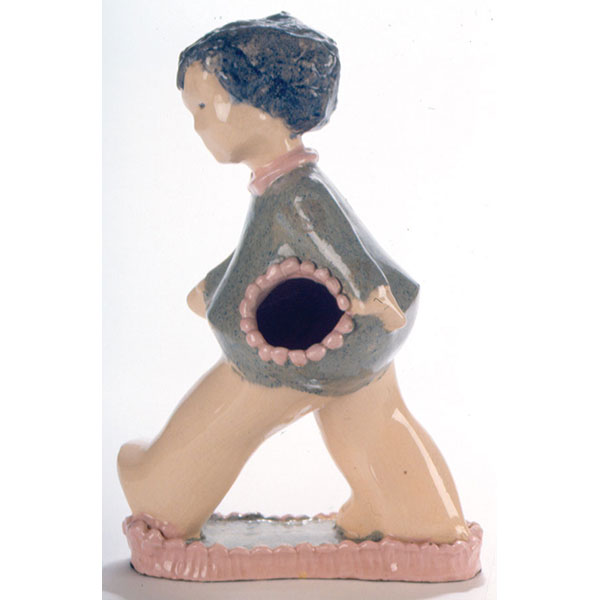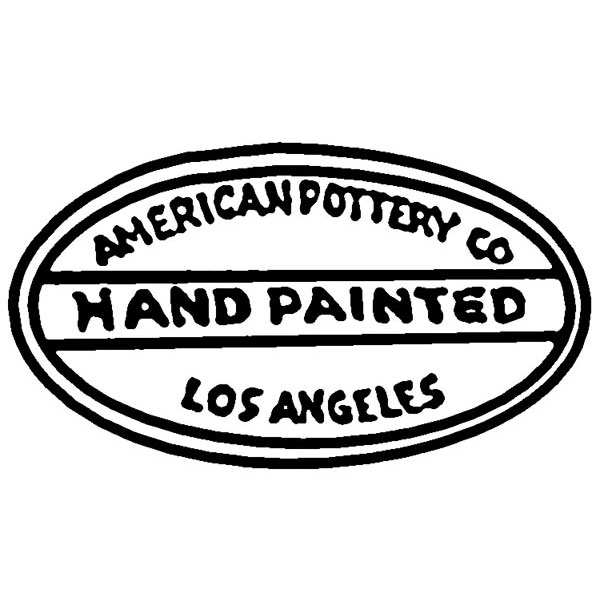Identification Guides
Twentieth-Century California Potteries
In the early twentieth century, California potteries were making useful dinnerware and kitchen pieces, glazed tiles, garden ware, and terra-cotta building tiles. Decorations were inspired by Mexican designs, the Arts & Crafts movement, Spanish-Moorish influences, and the art deco style. Tiles marked with the name California were being made by 1911. Colorful, inexpensive, solid-color California dinnerware, like Franciscan and Bauer, was popular in the 1930s, and by 1950 about 600 potteries used the word California as part of the company mark. There was even an organized group in the late 1940s that promoted California pottery at giftware shows. Many firms made inexpensive, colorful dinnerware, vases, and figurines that were unlike the traditional pottery and porcelain made in England, Asia, Ohio, or along the East Coast of the United States. California wares were inspired by Mexican and Asian ideas, art deco and modern designs, plus some of the unusual “looks” that were pure West Coast. Easily recognized California items include round-faced, costumed figurines often decorated in pink, blue, and other pastels, and solid-color dinnerware in bright colors.
California potteries and tile factories of interest today include: Catalina (1927-1937), Bauer (1909–1962), Pacific Clay Products Company (1881–1940s), Metlox (1927–1989), Gladding McBean (1875–1984), and Malibu Potteries (1926–1932 ). Other, smaller companies include Caliente (trade name for Haldeman Pottery, 1933–1953), Padre (1930s–1940s), Tudor (late 1920s–1930s), Poxon China Company (1916–1928), and Cemar Clay Products(1945–1957).
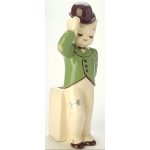 |
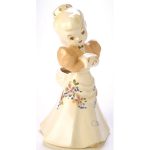 |
| De Lee Art was active in the 1940s and '50s. It made pottery vases and figurines that were usually in the shapes of chiildren like these, labeled Danny and Dimples. |
